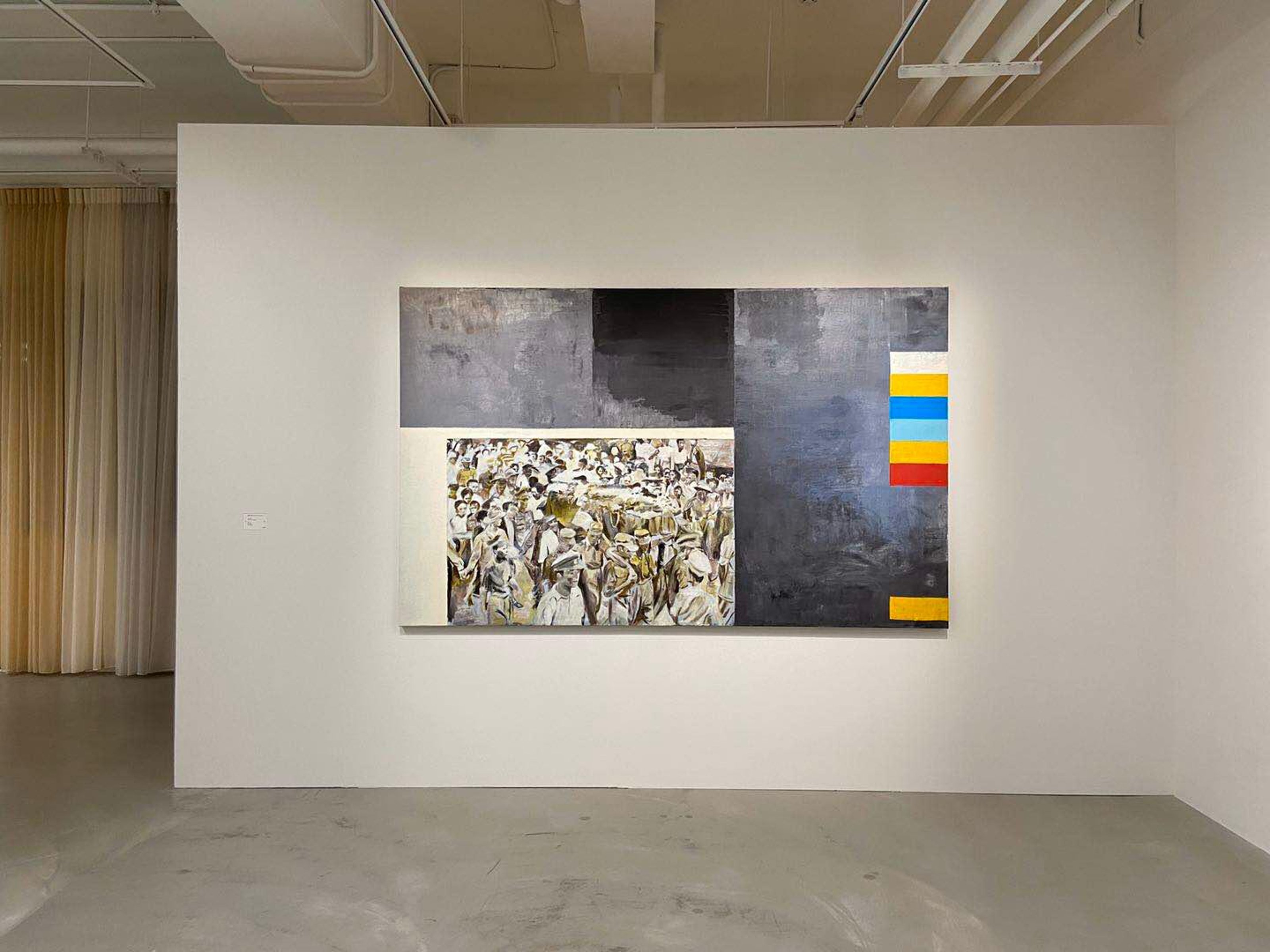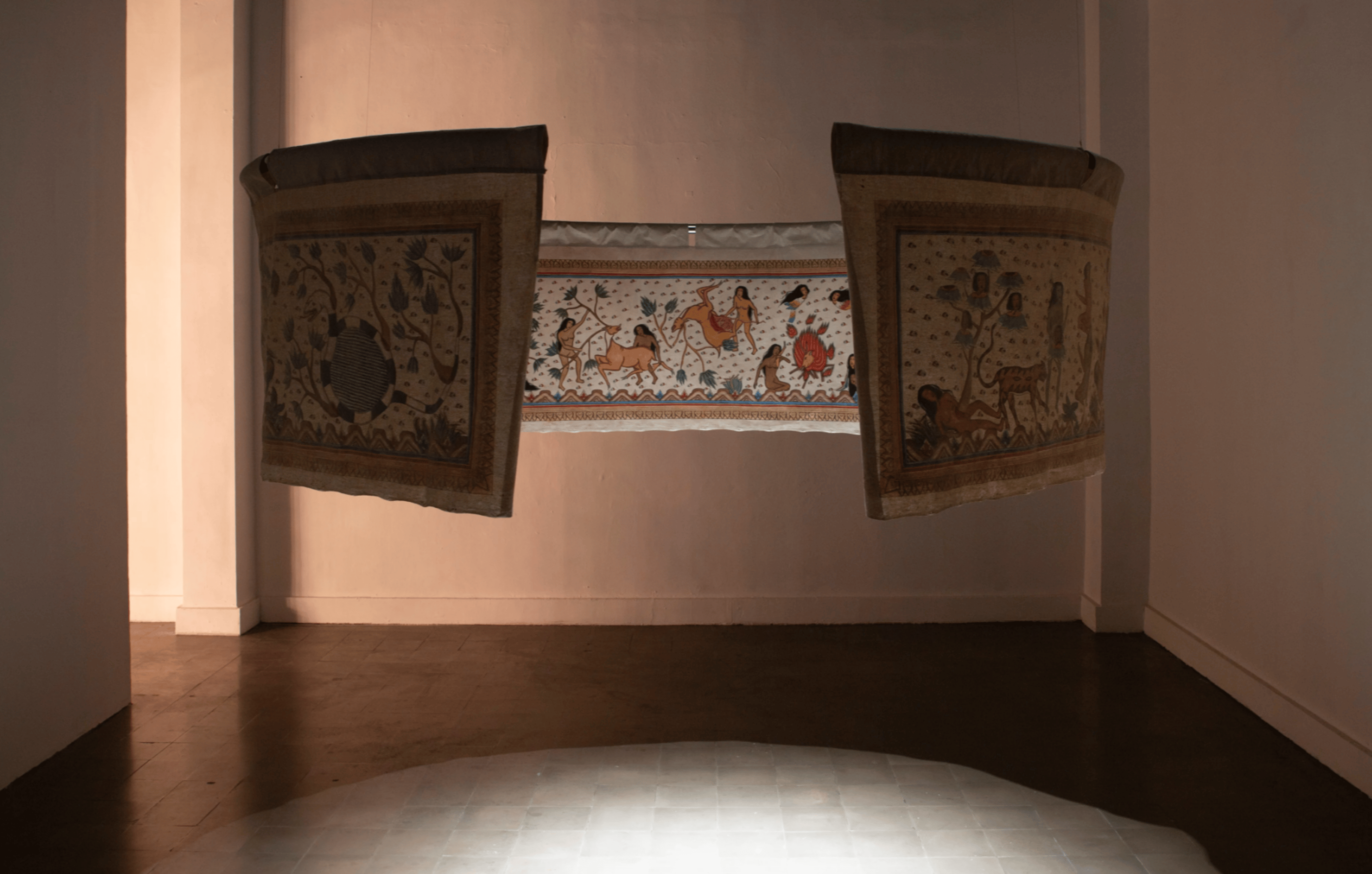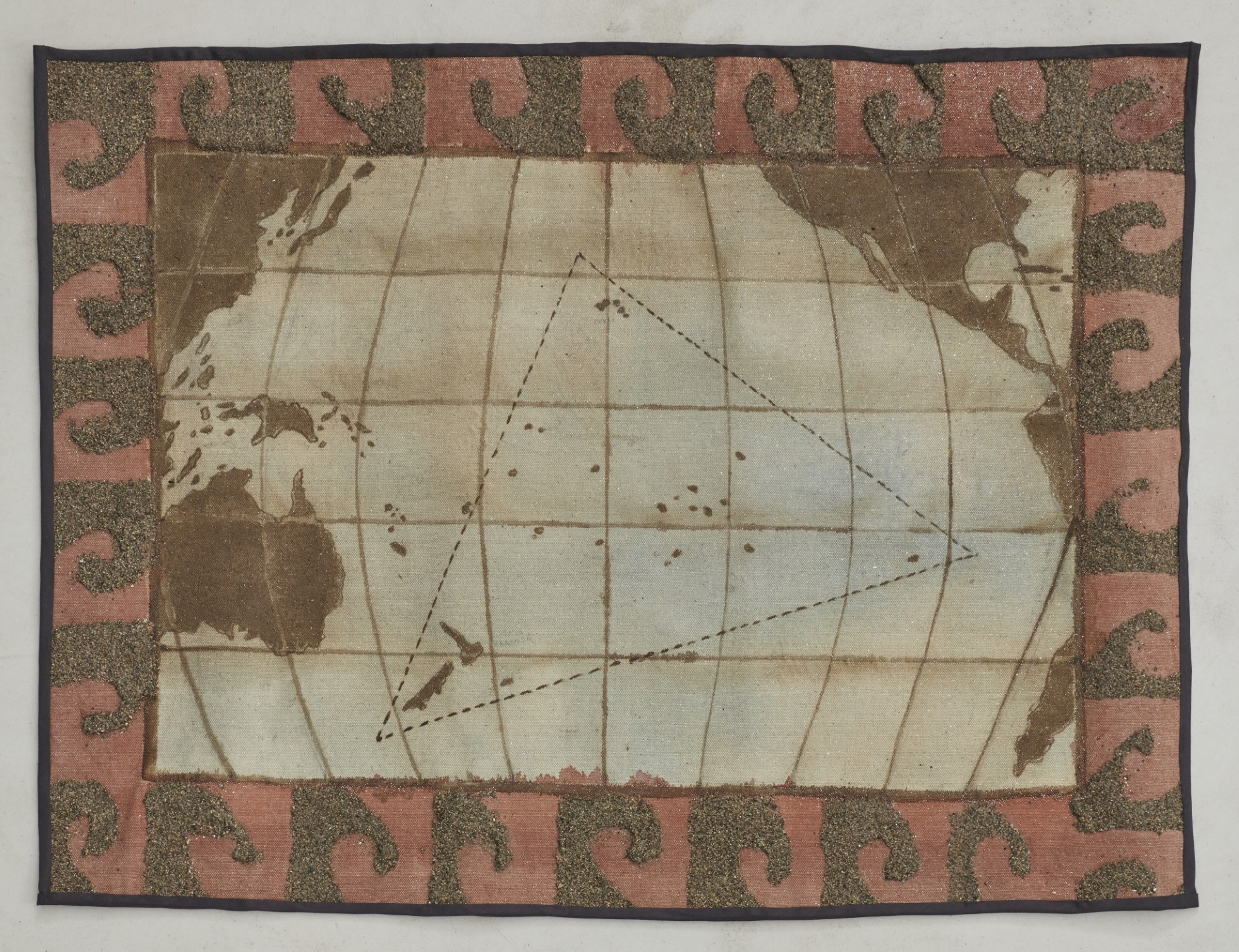Laura Peh is a novelist and founder of Cinnamon Art Publishing, an independent publishing house and roving bookshop specialising in children’s picture books, with a focus on underrepresented topics and Arabic literature.
Evrim Oralkan: Could you tell us a bit about your journey into art collecting?
Laura Peh: I fell in love with the visual arts when I moved to Paris as a teenager to study music professionally. This was when I began visiting museums like the Musée du Louvre and Musée d’Orsay during the late hours when tour groups were gone, and I had the headspace to fully focus on the artworks. I spent my childhood in Hong Kong and Singapore, and didn't have much exposure to the visual arts back then. Looking at masterpieces in a quiet environment had a great impact on me. A distinct episode happened when I was 17 at the Marmottan Museum - I was alone in the room with Claude Monet's Impression, Soleil Levant (1872). Suddenly, I felt a wave of light radiating from the painting and illuminating the space around me. It was a sensation that I had never felt before. For 10 minutes, I stood alone facing the painting. This was the moment I realised the power of art and its ability to touch your soul.
EO: Your collection showcases an impressive range of artists from the Global South, particularly Southeast Asia. Can you elaborate on the thematic focus of your collection?
LP: I refocused my collection in 2022 after a few years of finding my taste. The process was simple - I looked at what I already had and what I wanted to keep, and found the three regions best represented to be Southeast Asia, Middle East and Latin America. I am curious about these regions that have long histories and rich cultures, but also exciting contemporary arts scenes. Recently, due to developments in work and life, I have been spending more time in the Arab world. The region’s culture and notion of kinship fascinates me, and I am interested to see where this path would take me.
EO: What motivates your specific focus on artists hailing from the Global South? Does this orientation serve as a form of political engagement, cultural exploration, or perhaps another driving force?
LP: My wish is that the collection will grow and develop in tandem with my personal life journey. I evolve quickly and often, I feel like I am only just beginning to experience life. When I see an artwork that has a challenging narrative and is visually powerful with an interesting presentation, it evokes something inside me. I used to be drawn to experimental, minimalist and conceptual art, but as I discover more about the world, I feel closer to artists who tell stories about pressing global issues.
Aileen Gavonel / En algún desierto, 2022. Image credit: Crisis Galeria
Ting-Jung Chen / Envelope (Short Attack), 2023. Image credit: Gallery Vacancy
EO: Could you share your process for discovering artists who may not yet have widespread recognition?
LP: When I was younger, I enjoyed visiting galleries, art fairs as well as the social aspect of meeting collectors and art lovers from all around the world. Now, I prioritise biennials, important museums and meeting curators when I travel. As time passes and I feel myself maturing as an individual, I crave intellectual stimulation and deep discussions. Having seen the amount of work that it takes to produce an exhibition or biennial, I have an enormous amount of respect for curators. Within the past 6 months, I have been fortunate to visit the Jaou Tunis, Lyon Biennale, Manifesta 15 in Barcelona, Lahore Biennale, Karachi Biennale, Sharjah Biennial 16 and the Islamic Arts Biennale in Jeddah.
Àngels Miralda: Are there overlaps between the art world and your experience as a publisher?
LP: When I started Cinnamon Art Publishing, our roadmap was to publish nonfiction children’s books about arts and culture. We are thrilled that our book about the late Filipino artist Pacita Abad was selected, as part of 150 outstanding picture books from almost 4,000 entries, for the BRAW Amazing Bookshelf exhibition in Bologna, Italy this year. More significantly, in April 2024, I found myself in the beautiful emirate of Sharjah for a book conference and it was also my first experience working with Arab publishing professionals. This event piqued my curiosity about Arab and Islamic culture, which opened the door to a path of no return for my work, interest in art and life philosophy. We are delighted that our first co-edition picture book in English and Arabic has been published in collaboration with Tamer Institute for Community Education - titled “The Donkey who Carried the War on her Back”, written by Palestinian author Hooda Al Shawa and illustrated by Indonesian Sienny Septibella. We journey across the city of Gaza through a donkey’s eyes to discover how its life has changed since a war arrived, and celebrate the resilience and hope of the Palestinian people.
Hooda al Shawa, The Donkey who Carried the War on her Back, illustrated by Sienny Septibella, Cinnamon Art Publishing, 2024. Image Credit: Wardah Books.
ÀM: I am really interested in a piece you have shared on Collecteurs by artist Sawangwongse Yawnghwe who has a fascinating personal biography. He is the grandchild of Sao Shwe Thaik the first president of the Union of Burma who was later killed in prison after a military coup in the 1960’s. Yawnghwe’s artwork is inherently political and dedicated to making erased histories visible. What does it mean for you to collect artworks with such a strong political stance?
LP: When I first encountered Sawangwongse's work, I was immediately drawn to his powerful message and strong visual aesthetic. Last year, I was grateful to meet Sawangwongse in Amsterdam where we had a rich discussion about art, his family history and his life commitment to tell an autobiographical story of Myanmar. The Funeral of Aung San encapsulates a moment in Burmese history - the national mourning of Aung San, the military general who led Burma's independence from British rule in 1947 but was assassinated six months prior.

Sawangwongse Yawnghwe / The Funeral of Aung San, 2019. Image credit: TKG+
LP: Another artist that I admire greatly is Citra Sasmita from Bali, Indonesia. Her work unravels the myths and misconceptions of Balinese culture, especially the marginalised narrative of women in Balinese society. The Verge of Mortal Ground is from her ongoing project "Timur Merah" (The East is Red), that seeks to trace and reinterpret the history and narratives that have existed in the Indonesian archipelago since the 14th century. This series is an embodiment of her resistance to a cultural heritage that is heavily influenced by colonialism and globalisation. Made on a traditional Kamasan canvas, which is handmade by only 20 remaining craftsmen in the Kamasan village in Bali, this particular work was created during the COVID-19 pandemic, in response to the artist's reading of Calonarang - a folklore dating back to the 11th century. Calonarang recounts the tense situation of an outbreak and spread of a mysterious disease that caused everyone to lock themselves at home. During this period, texts on medicinal plants and medicine were also widespread, a situation that reminds us of how solutions for modern human problems could be derived from Eastern knowledge and wisdom.

Citra Sasmita / Timur Merah Project V: The Verge of Mortal Ground, 2020. Image credit: ARTJOG
ÀM: Other than Southeast Asia, your collection also includes works by Latin American artists such as Aileen Gavonel’s La Tierra Perdida (2023). How do these different geographies and histories relate to each other within your collection?
LP: Aileen Gavonel is a young artist from Peru, working primarily with ceramics and drawing upon ancestral memories in her native country. La Tierra Perdida (The Lost Land) depicts the coastal desert in northern Peru, particularly in an area where the Humboldt Current and El Niño Current converge and connect the Pacific Ocean. Referencing the ocean as a deity and a place of exchange, pre-Incan civilisations developed a nautical tradition where sailing naturally on those currents would bring you to Polynesia. This textile piece is part of a larger project around lost civilisations and the big question - "Is there a civilisation that is not lost?". Displacement is a big issue today with ongoing conflicts in various regions, and indigenous communities fighting for their rights against economic development.
EO: Finally, what advice would you give to aspiring collectors, especially those interested in art from the Global South?
LP: I am still early in my collecting journey and constantly learning. If there is one piece of advice I could share with new collectors, it would be to take time to find and develop your personal voice, then trust yourself while keeping an independent and open mind.

Aileen Gavonel / La Tierra Perdida (2023). Image credit: Crisis Galeria
End.